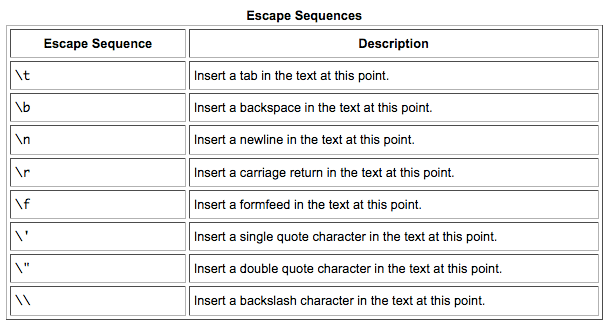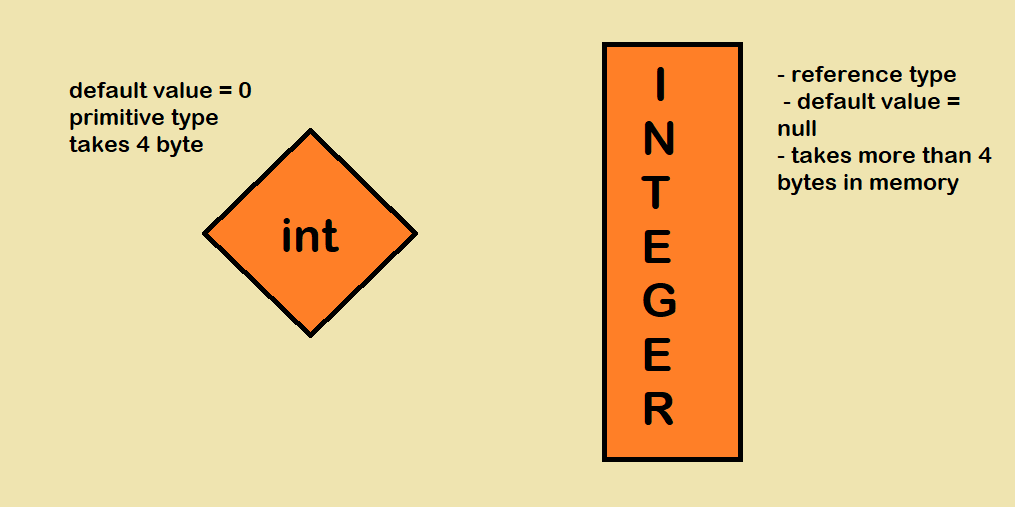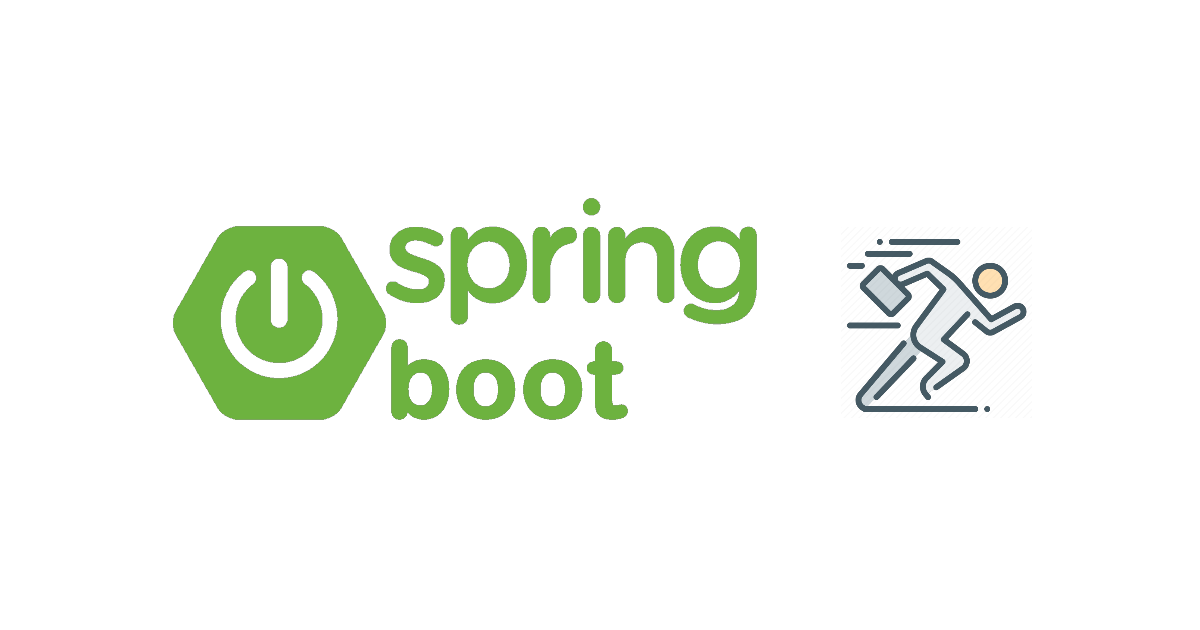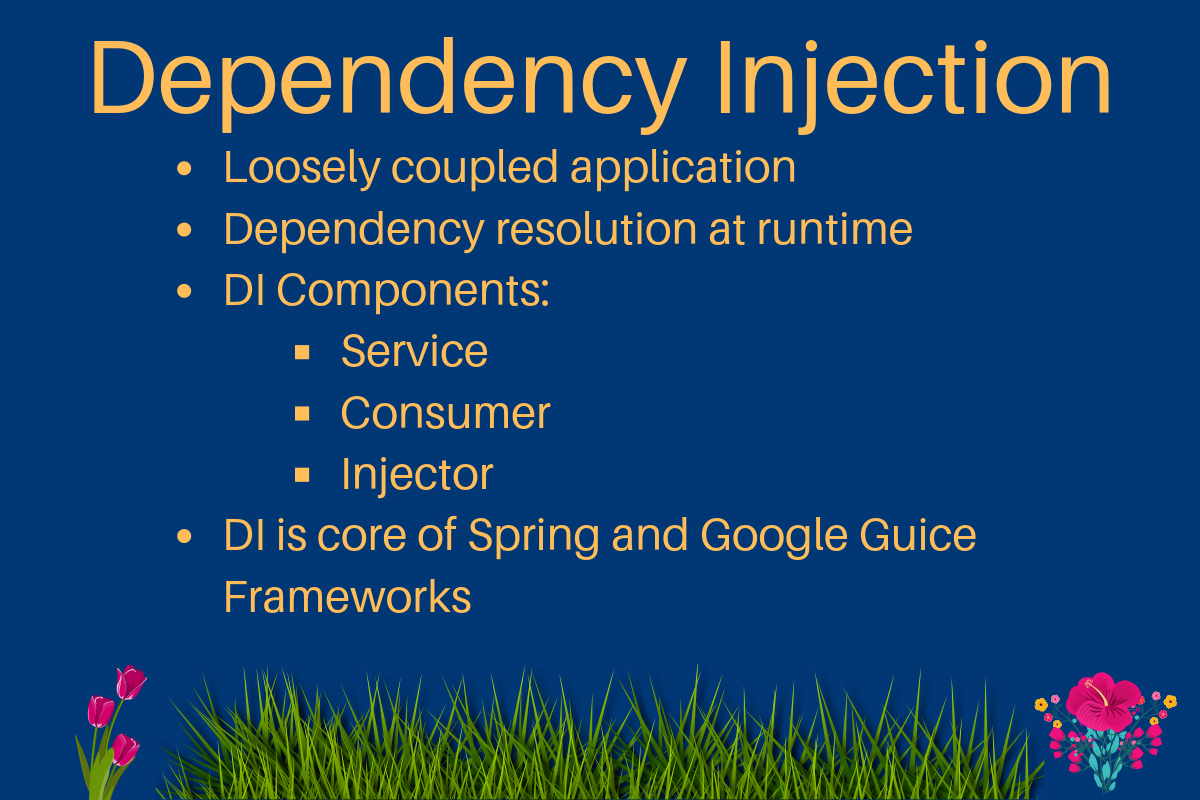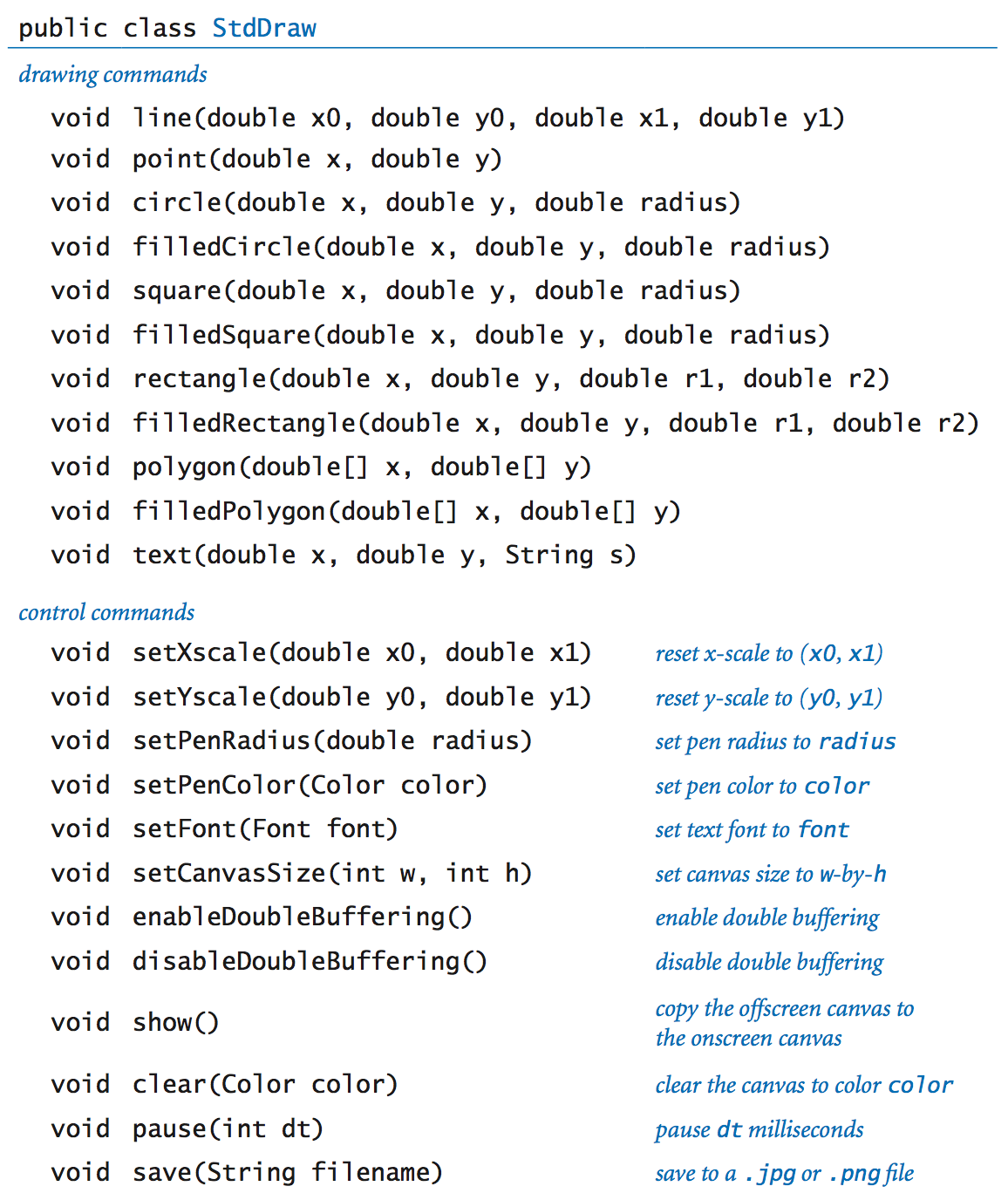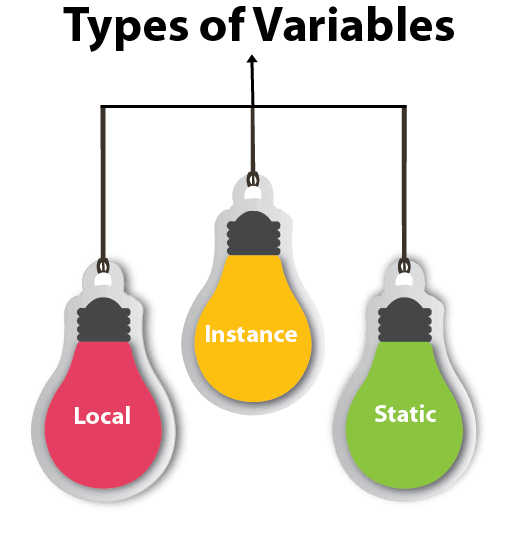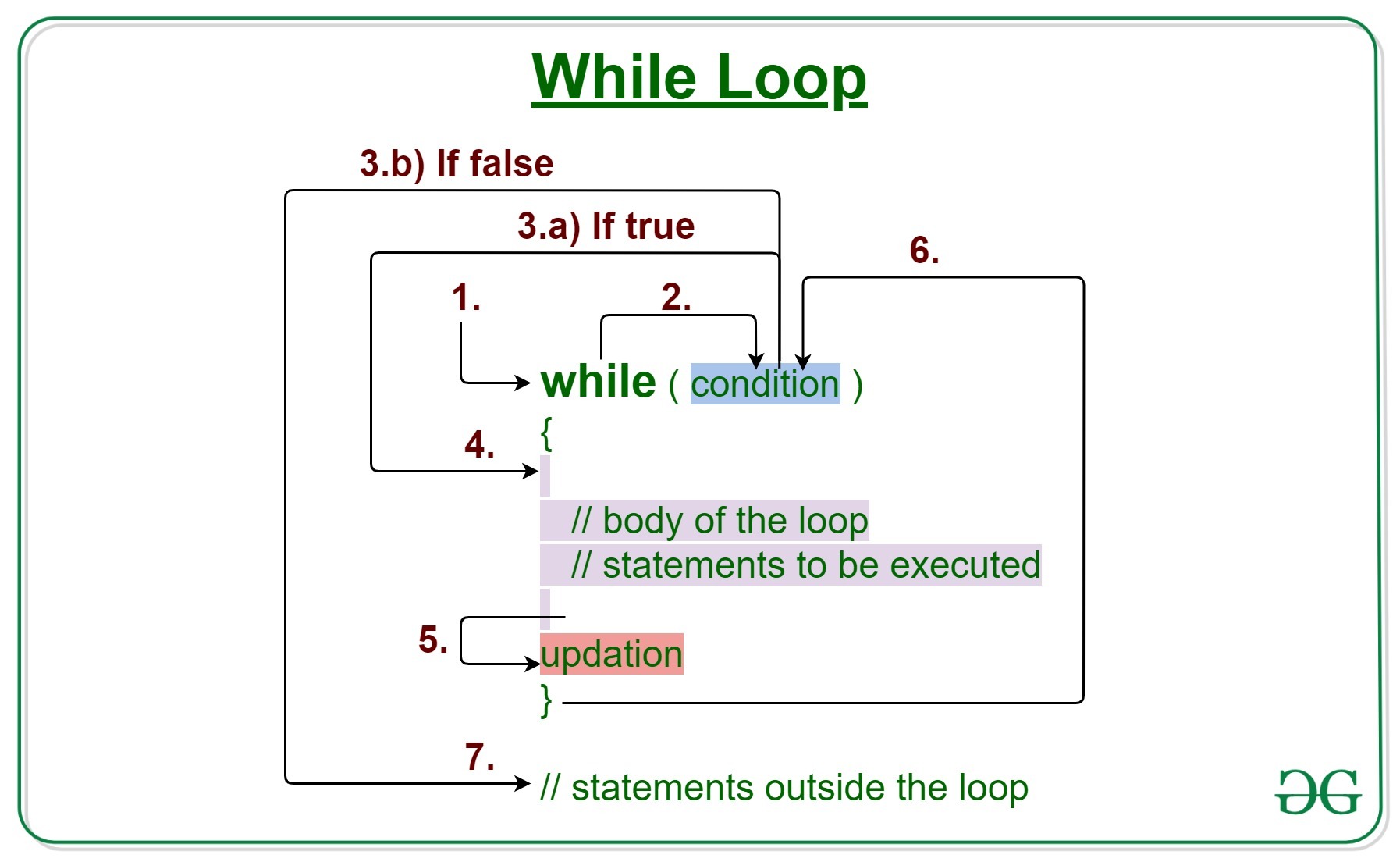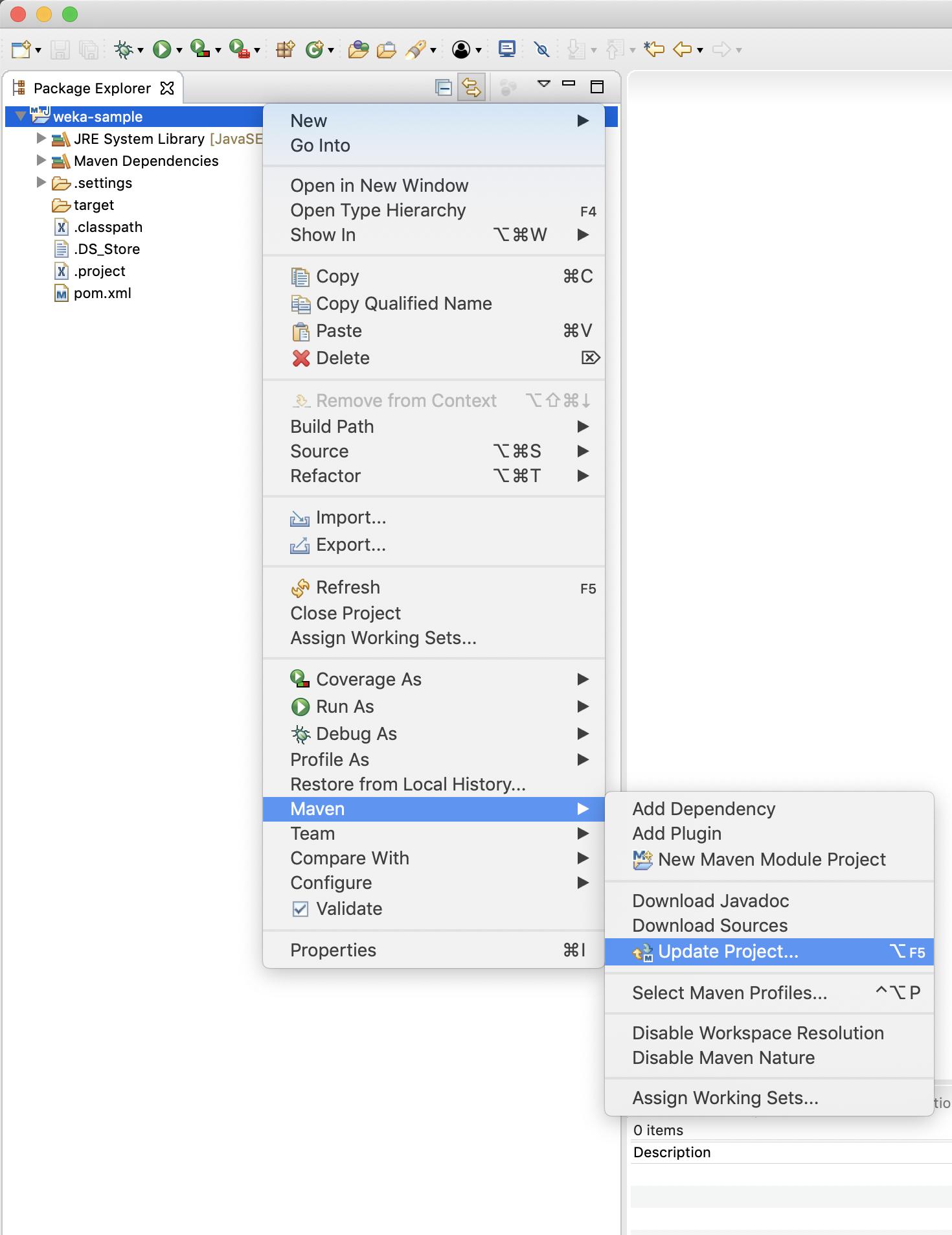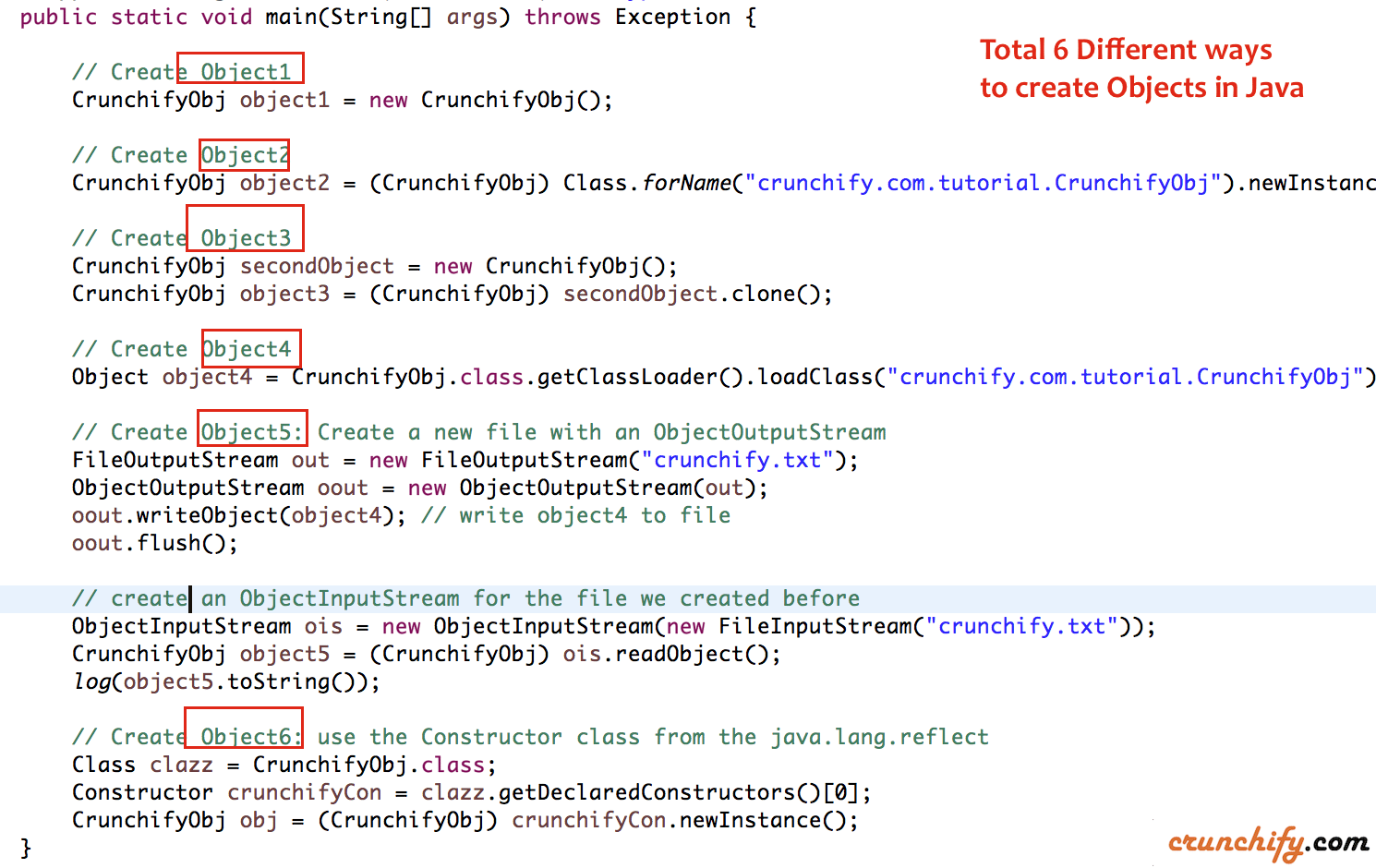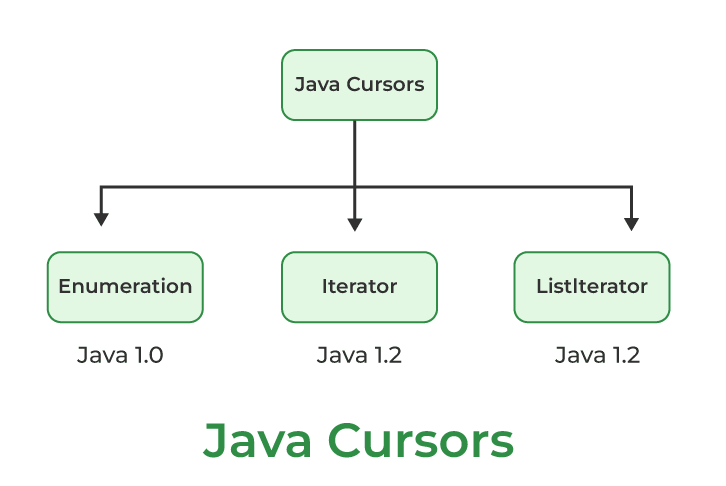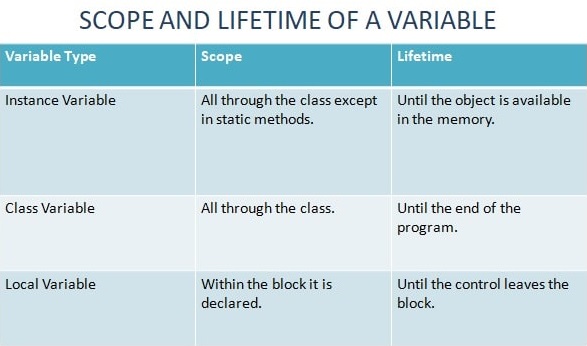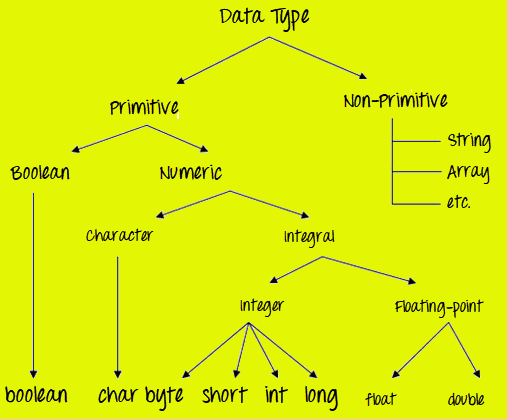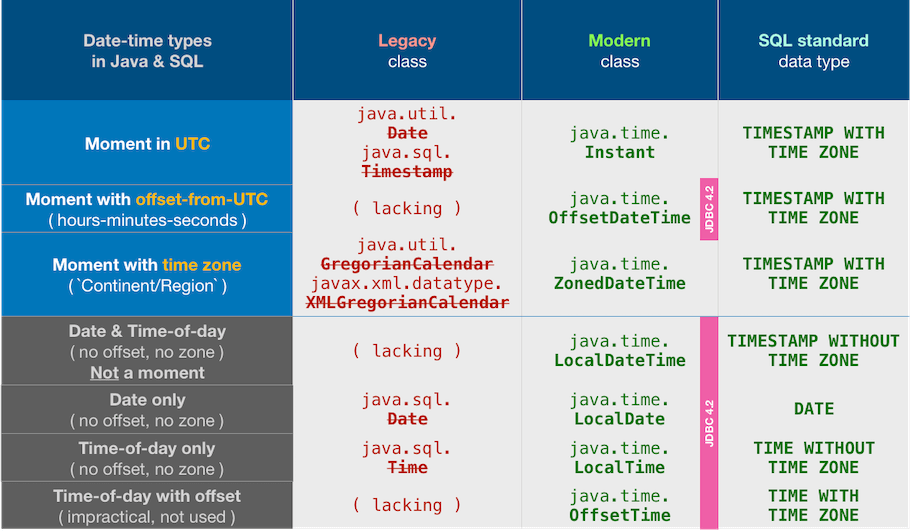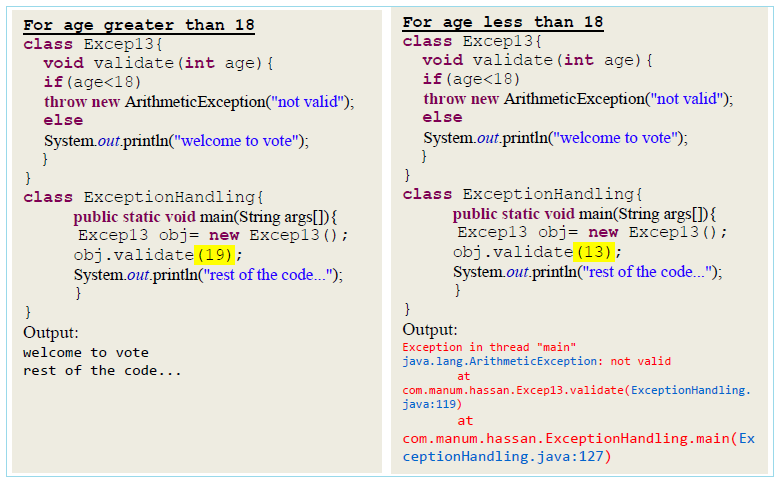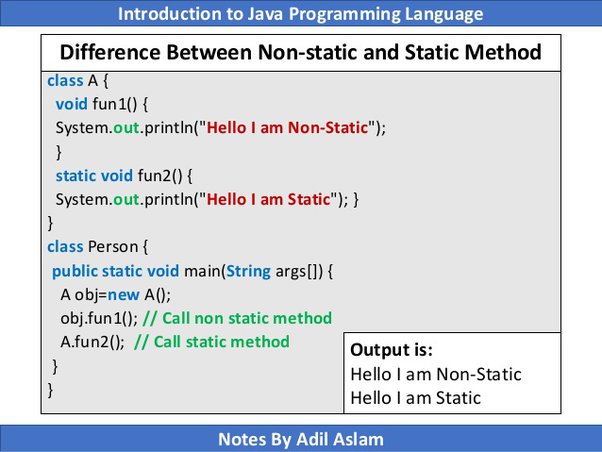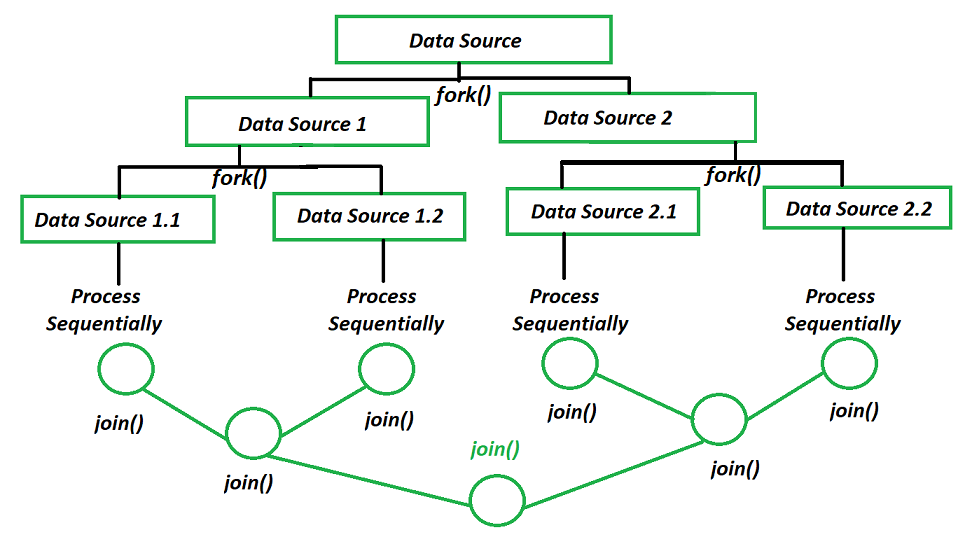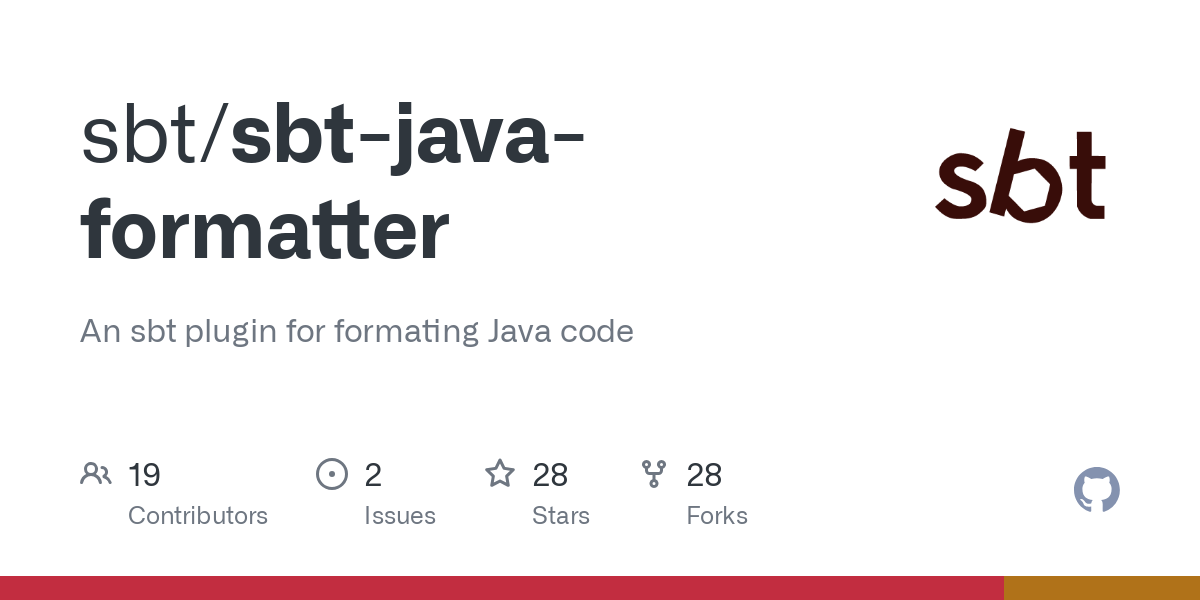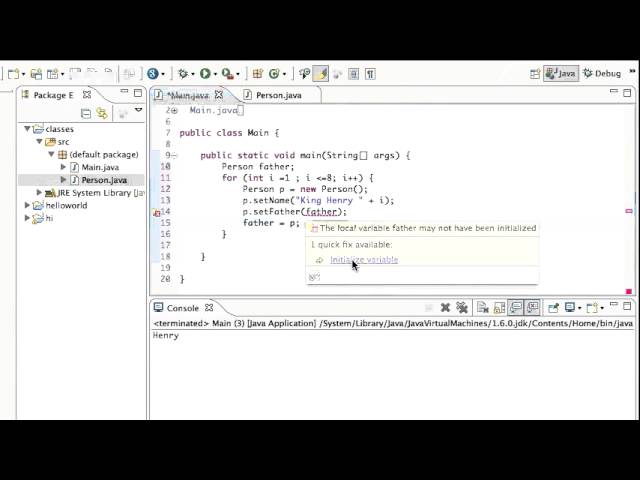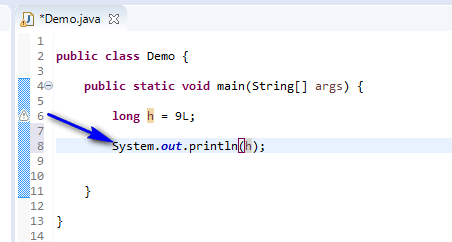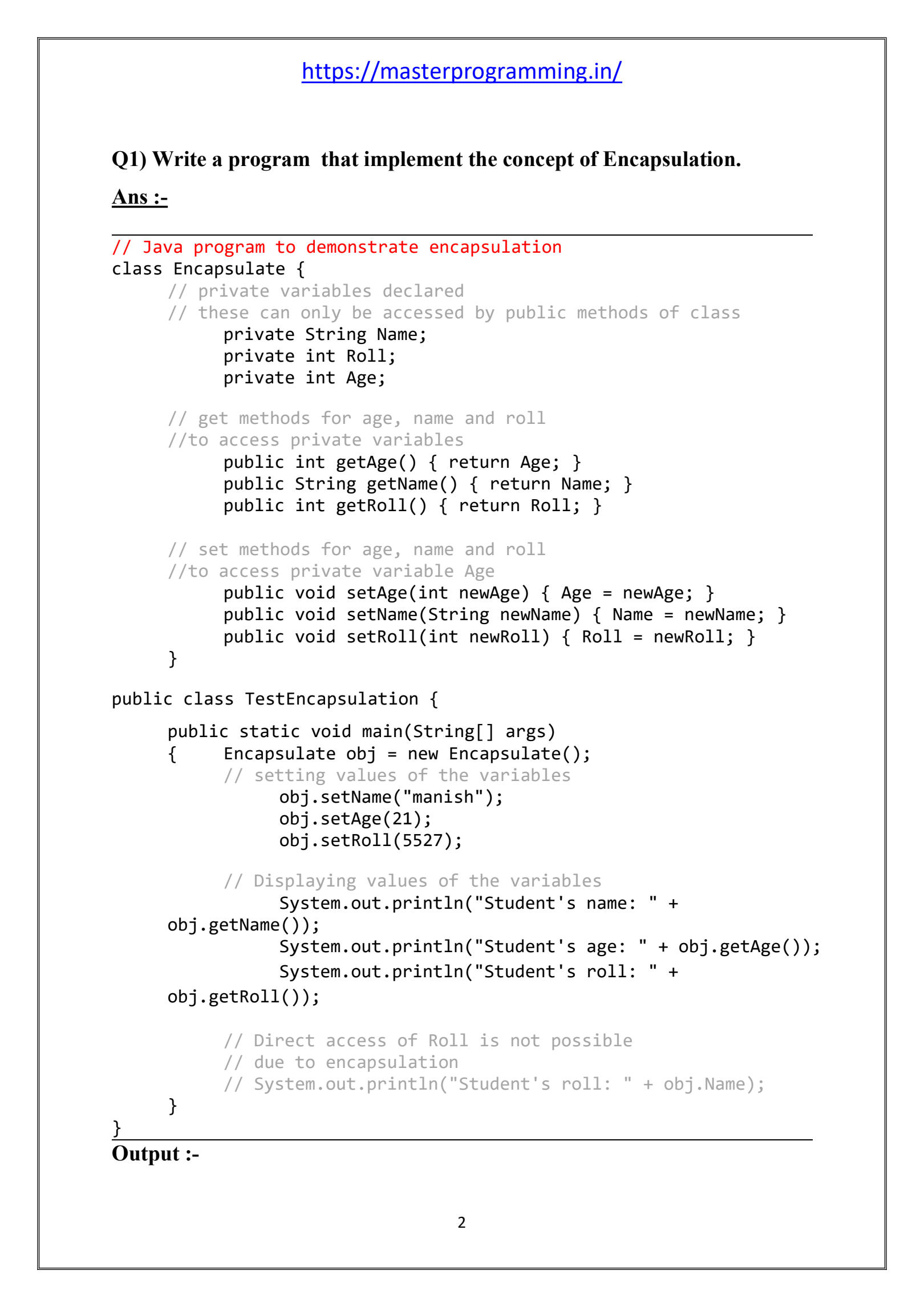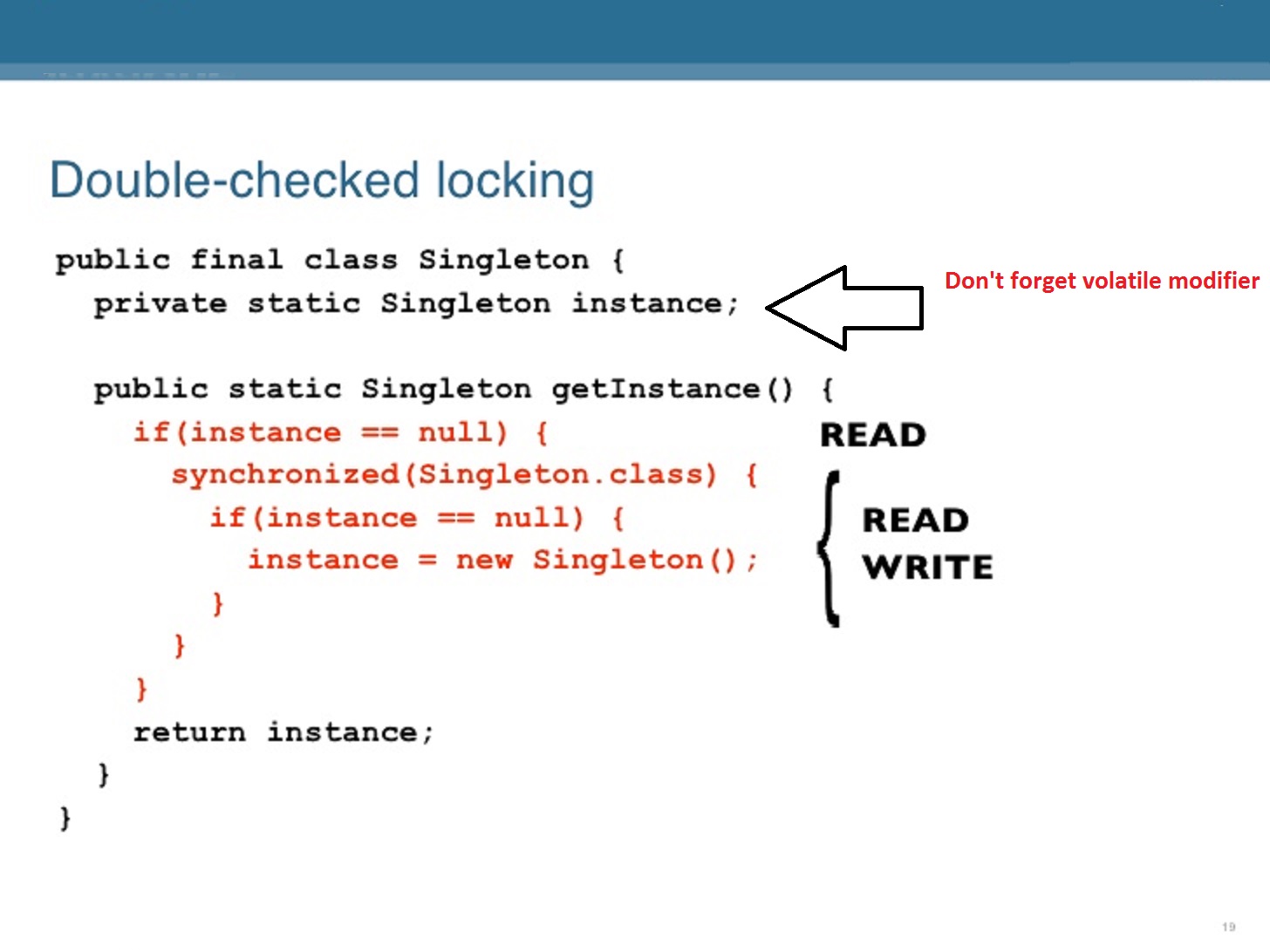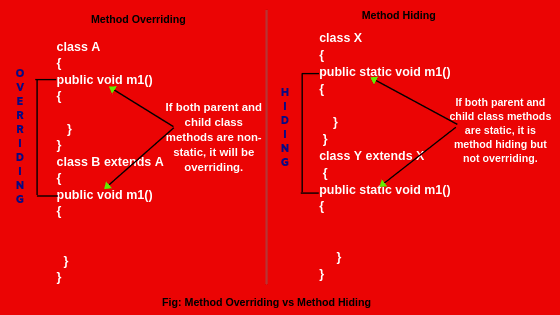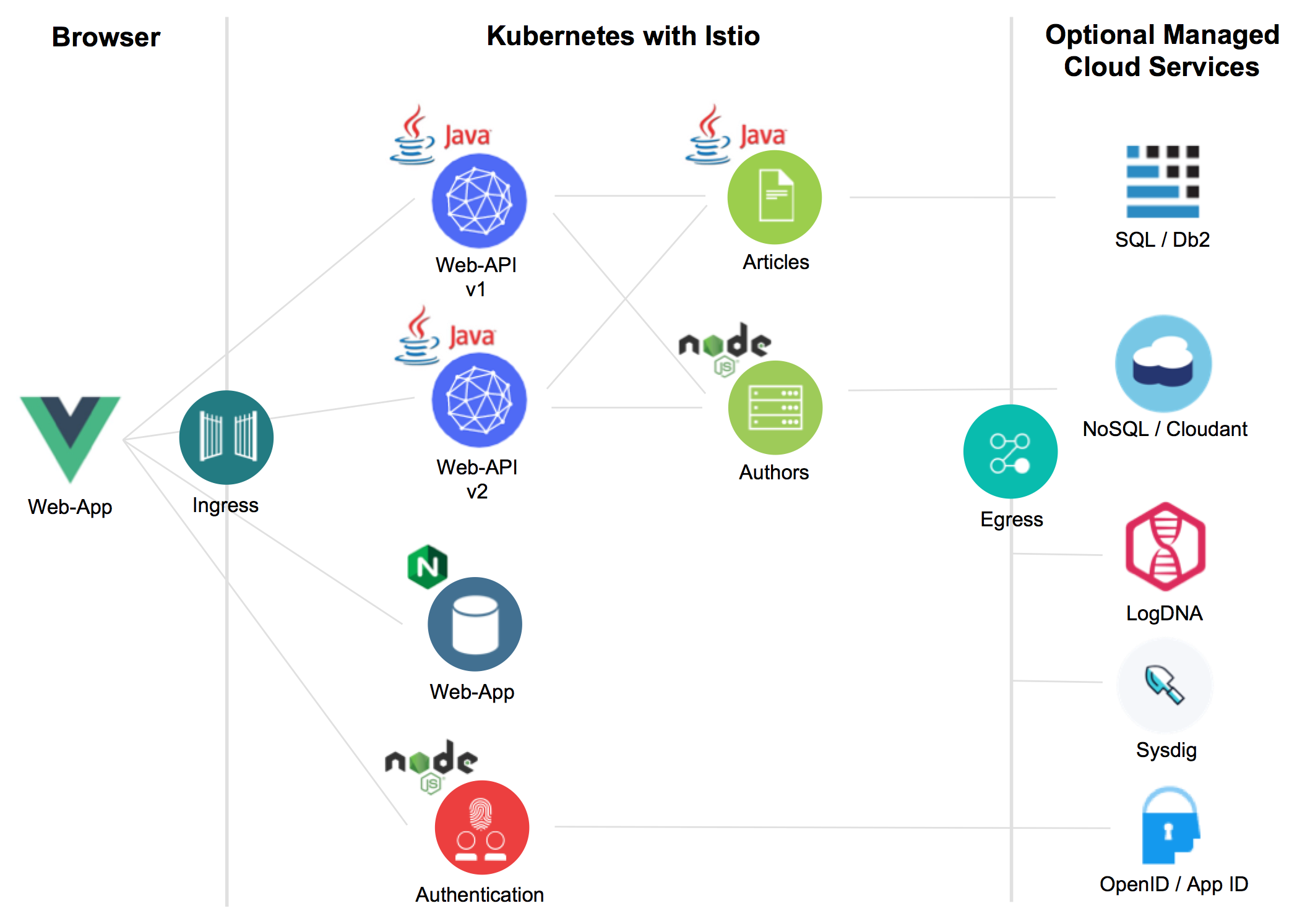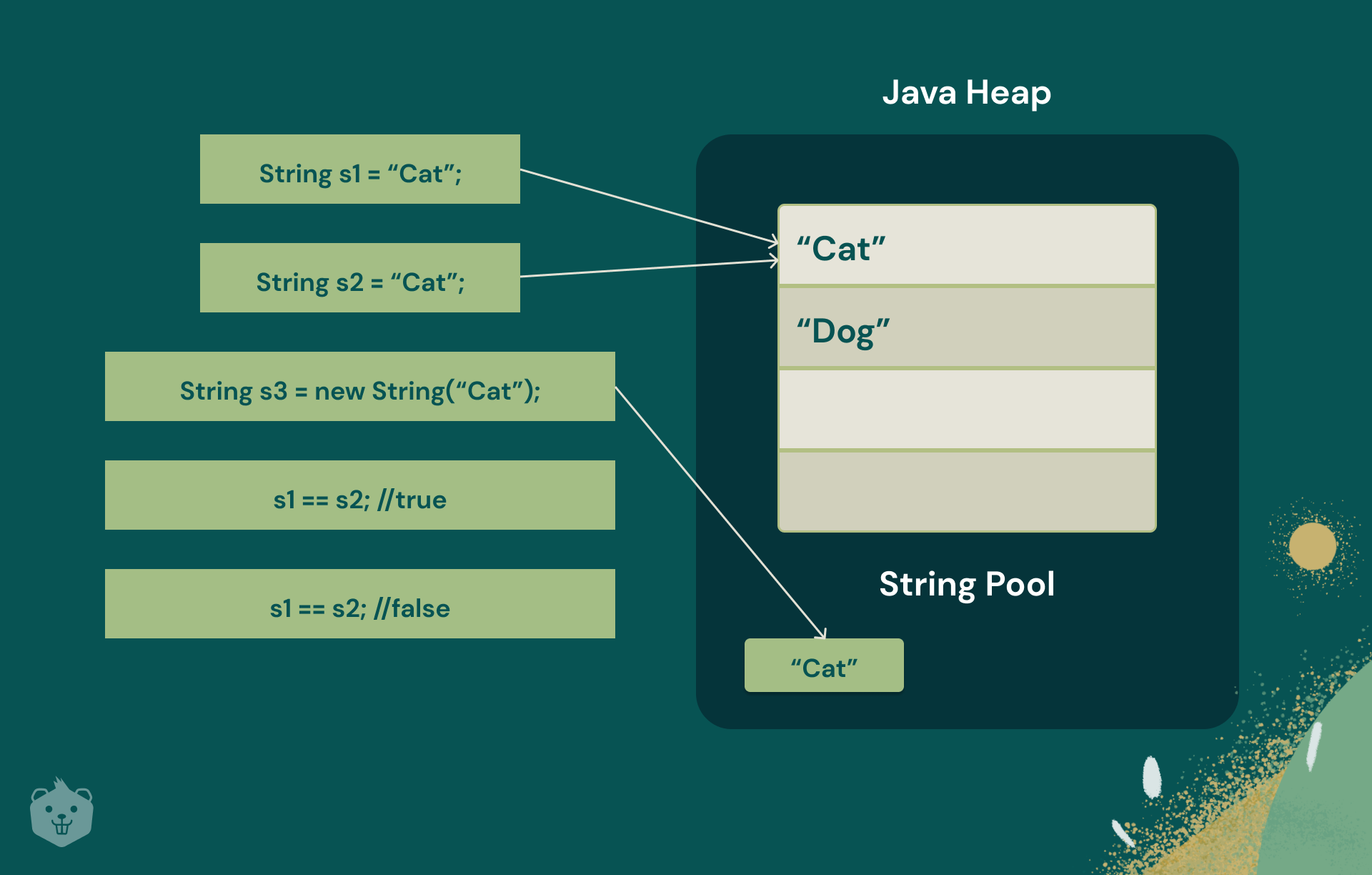What is serializable method in Java?
What is serializable method in Java?
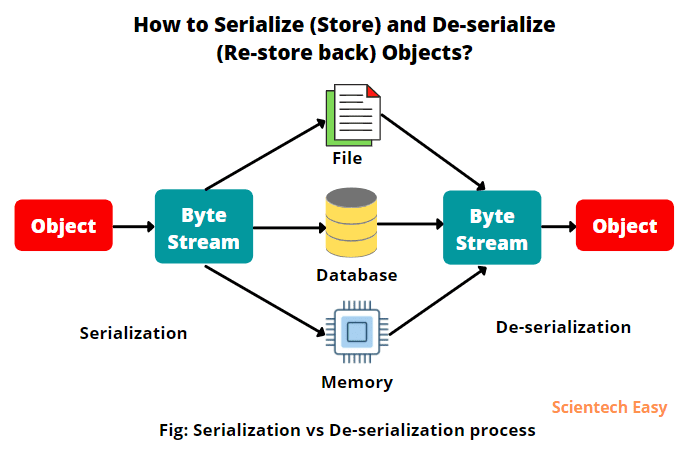
I'll respond in English for this one!
The Serializable interface is a fundamental concept in Java that enables an object to be converted into a byte stream, which can then be written to a file or transmitted across a network. In other words, it allows objects to be serialized, making them easily readable by another Java program.
To understand how serialization works, let's break down the process:
Serialization: TheSerializable interface is implemented by an object, indicating that it can be converted into a byte stream.
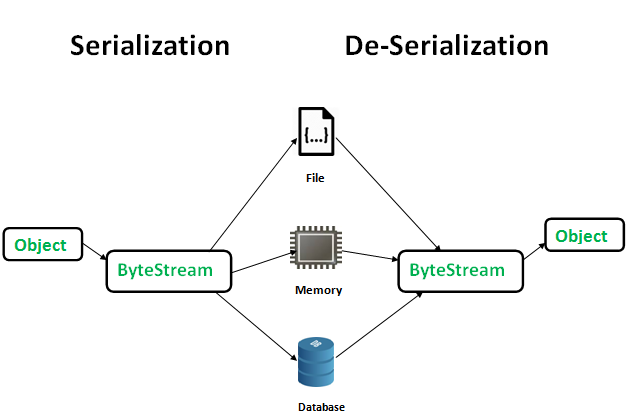
ObjectOutputStream is used to write the serialized object to a file or socket. Read Object: A class like ObjectInputStream is used to read the serialized object from a file or socket.
The serialization process involves converting an object's state (i.e., its fields and their values) into a byte stream. This includes:
Converting primitive data types (e.g., int, boolean) into their binary representation. Converting non-primitive data types (e.g., objects references) by serializing the referred objects recursively.When an object is serialized, Java creates a byte stream that contains:
MAGIC NUMBER: A fixed header containing the signature "ACED" in hexadecimal format, which indicates that it's a serialized Java object. CLASS IDENTIFIER: The class name of the serialized object, followed by its superclass's name (in case of inheritance). OBJECT DATA: The actual byte stream representing the object's state.When an object is deserialized, Java uses this byte stream to recreate the original object. This process involves:
Read Object: AnObjectInputStream reads the serialized byte stream. Reconstitute: The ObjectInputStream re-creates the original object by reading and populating its fields with the values from the byte stream.
The Serializable interface has one method, writeObject(), which is called during serialization to write the object's state to a file or socket. Implementing this method allows you to customize how your object is serialized.
Here are some key benefits of using serialization:
Persistent storage: Serialized objects can be stored in files or databases, allowing for persistent storage and retrieval. Network communication: Serialized objects can be transmitted across a network, enabling data exchange between different Java programs. State preservation: Serialization enables an object's state to be preserved, even when the program terminates or is interrupted.In summary, the Serializable interface in Java provides a mechanism for converting objects into byte streams, making it possible to store and transmit them efficiently. This allows for persistent storage, network communication, and state preservation, making serialization a fundamental concept in Java programming.
Serializable interface methods in java w3schools
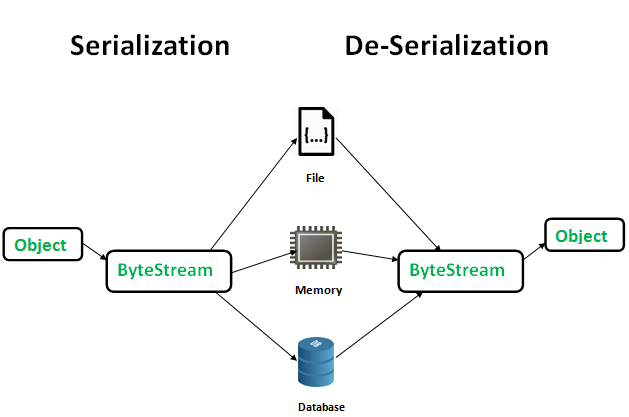
I'll respond in English as per your request.
Serializable Interface Methods in Java (W3Schools)
In Java, the Serializable interface is used to indicate that a class can be converted into a byte stream and then reconstructed back into an object. This is useful when you need to store or transmit objects. In this article, we will explore the methods provided by the Serializable interface.
Methods of Serializable Interface
The Serializable interface provides two methods:
readObject(ObjectInputStream in) The readObject() method reads an object from a stream and reconstitutes any contained objects. This method is used to deserialize an object from a byte stream. It takes an ObjectInputStream as a parameter, which is used to read the object. writeObject(ObjectOutputStream out) The writeObject() method writes an object's fields to a stream (i.e., serializes it). This method is used to serialize an object into a byte stream. It takes an ObjectOutputStream as a parameter, which is used to write the object.
Example of Using Serializable Interface
Here is a simple example that demonstrates how to use the Serializable interface:
import java.io.*;
public class Employee implements Serializable {
private int id;
private String name;
public Employee(int id, String name) {
this.id = id;
this.name = name;
}
public void displayDetails() {
System.out.println("Id: " + id);
System.out.println("Name: " + name);
}
}
public class Main {
public static void main(String[] args) throws IOException {
Employee employee = new Employee(1, "John");
// Serialize the object
FileOutputStream fileOut = new FileOutputStream("employee.ser");
ObjectOutputStream out = new ObjectOutputStream(fileOut);
out.writeObject(employee);
out.close();
fileOut.close();
// Deserialize the object
FileInputStream fileIn = new FileInputStream("employee.ser");
ObjectInputStream in = new ObjectInputStream(fileIn);
Employee readEmployee = (Employee) in.readObject();
in.close();
fileIn.close();
readEmployee.displayDetails(); // Id: 1, Name: John
}
}
In this example, we have an Employee class that implements the Serializable interface. The writeObject() and readObject() methods are used to serialize and deserialize objects respectively.
This is a basic overview of the methods provided by the Serializable interface in Java. It's important to note that all fields must be serializable or have a no-arg constructor, so it's a good practice to make sure all your classes comply with this rule.
For more information on Java Serialization and Deserialization, check out W3Schools.
